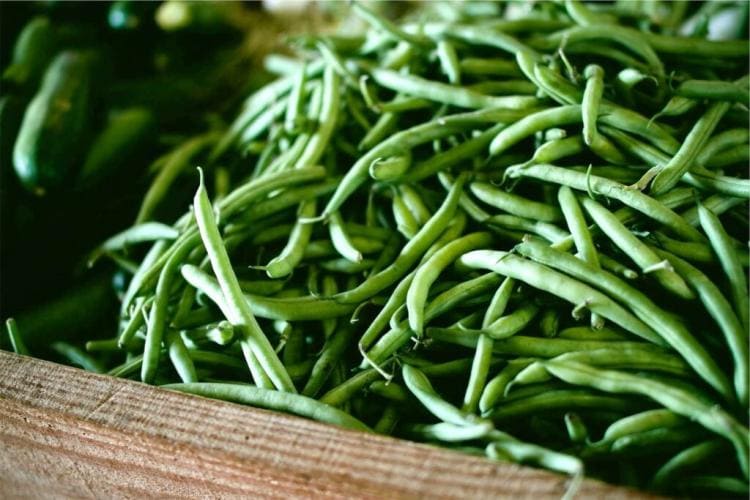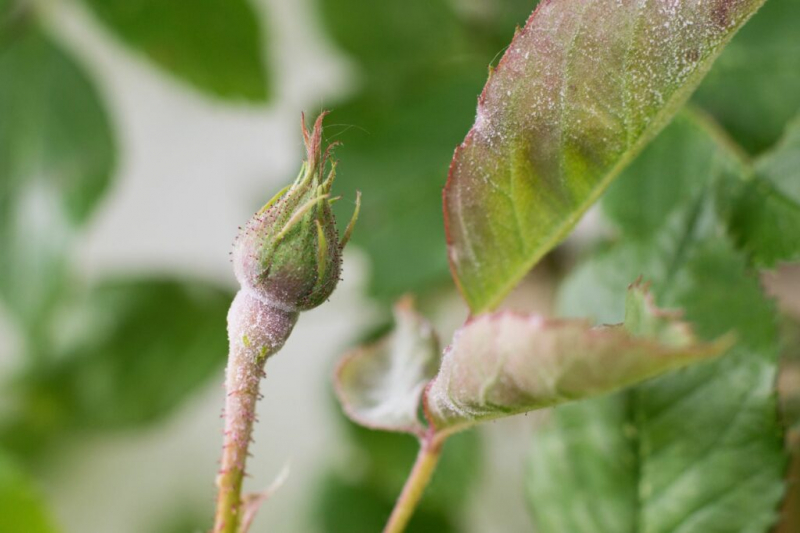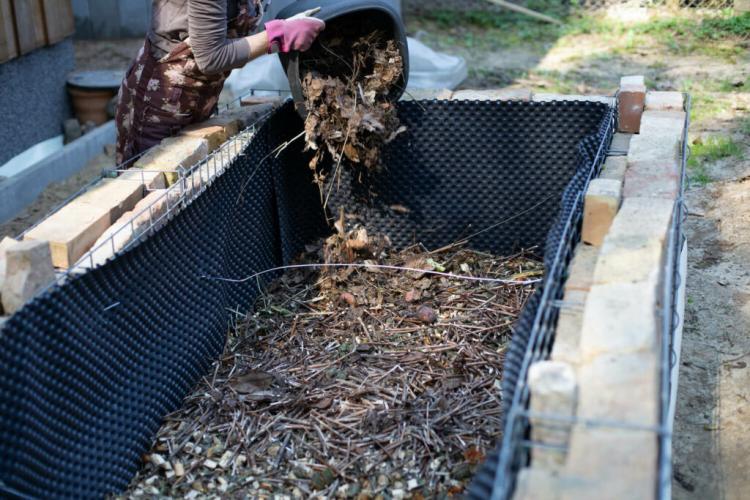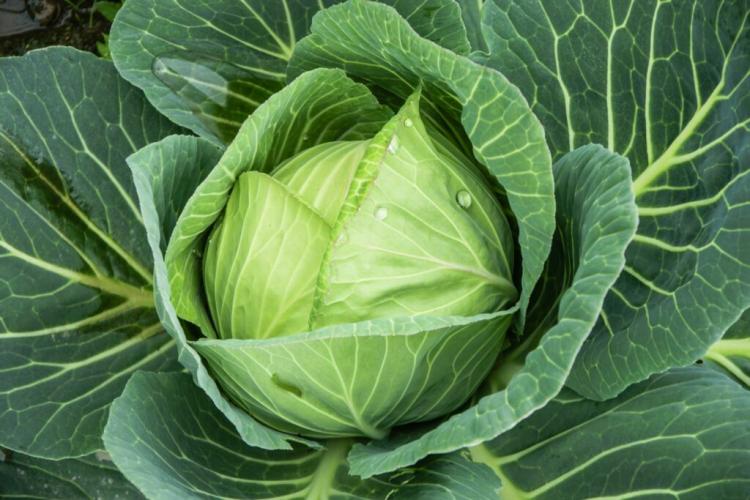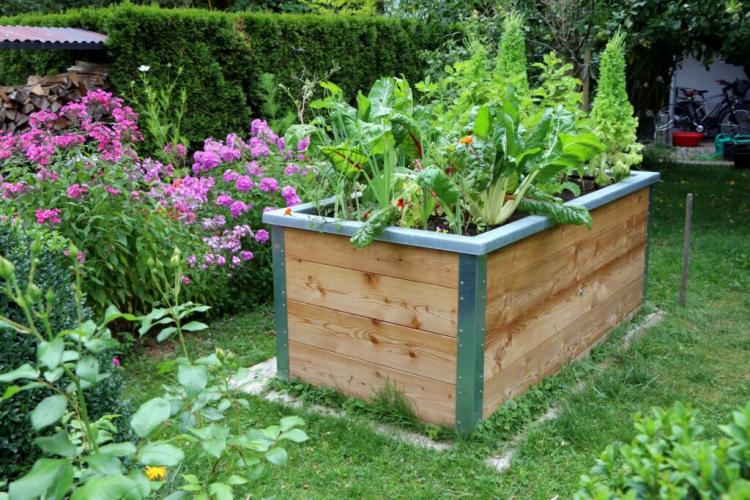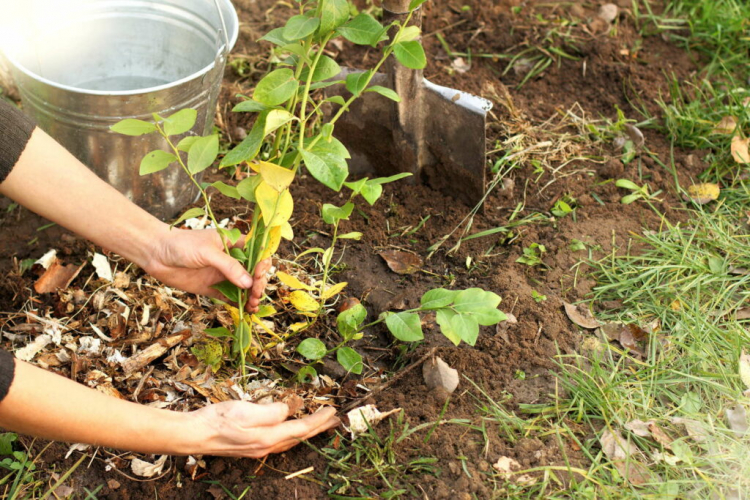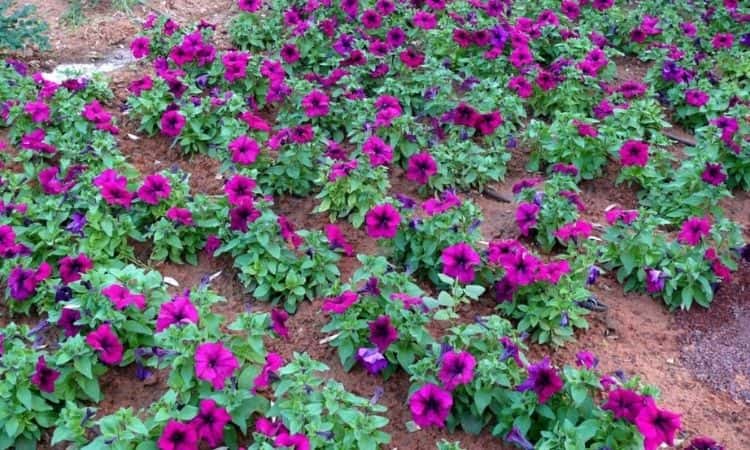Harvesting And Storing Beans: Boiling, Pickling And Freezing Beans
You can grow beans in your own garden. But when is it time to harvest the beans and how can they be preserved afterward?
If you like beans ( Phaseolus vulgaris ), you should definitely grow them in your own garden. Healthy vegetables from local production are increasingly rare in the supermarket and nitrogen-enriching plants even have a useful effect in the garden. Unless they are accidentally infected by disease or eaten by snails as seedlings, beans are very grateful plants. So if you decide to grow beans in your own garden, how do you find out when the beans are ready to be harvested?
Harvesting beans: when is the harvest time for ripe beans?
Table of Contents
For beans sown in May, the main harvest time is July and August. If you don’t put the bean kernels in the ground until June, the harvest time will shift to early autumn. In addition, it should be noted that beans do not only wear once. They consistently form new flowers and pods and can therefore be harvested over a period of time. However, one must not forget that the plant only has a certain energy potential at its disposal, which is usually quite used up after the first few harvests pass. Runner beans offer a slightly longer harvest period on average than French beans.
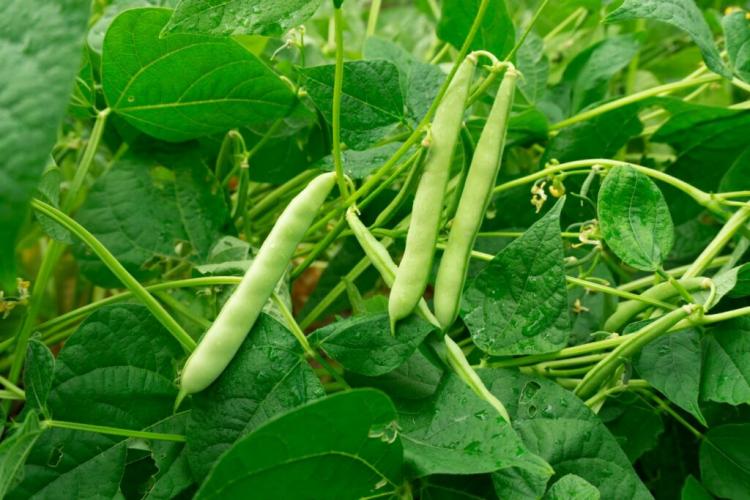
How do you know when the beans are ripe?
You can easily find out when the beans are ready for harvest using the following method: Simply break a bean in the middle. If this breaks through easily and has a smooth break, then the chances are very good that the beans are ripe. Often at this stage, the beans are not yet clearly visible on the pod. The beans inside the pod should not be larger than 1 cm. The younger the pods are harvested, the more tender the beans are. If you want to harvest bean seeds, you have to wait for the seeds to ripen (milk) of course. You harvest the bean pods by snapping them off with your fingers or cutting them off with scissors or a knife.
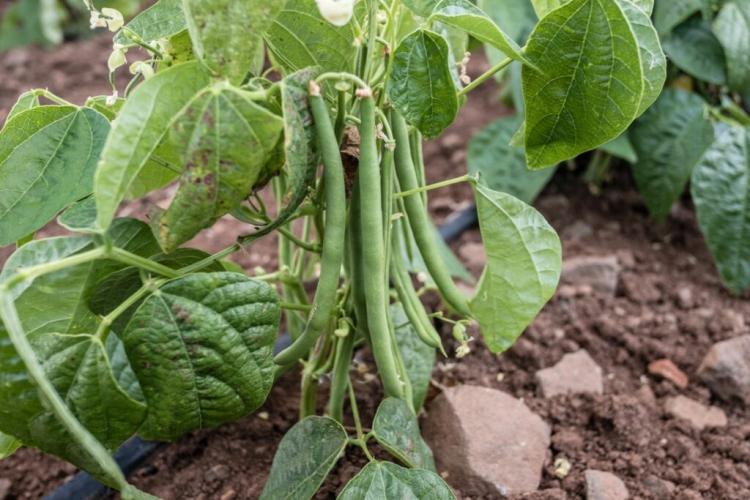
If you think the beans have produced enough harvests, you can chop the plants and leave them on the bed. The plants no longer receive enough water, dry up quickly in summer and decompose. In this way, beans leave a very nitrogen-rich bed that is perfect for new winter planting.
Harvest broad beans
Broad beans are harvested when the bean seeds are clearly visible on the pods. When harvested young, the pods can also be consumed. When the harvest is fully ripe, the pods are usually opened and the seeds removed. If you want to keep them in the refrigerator for a few days, only then remove the beans from the pods.
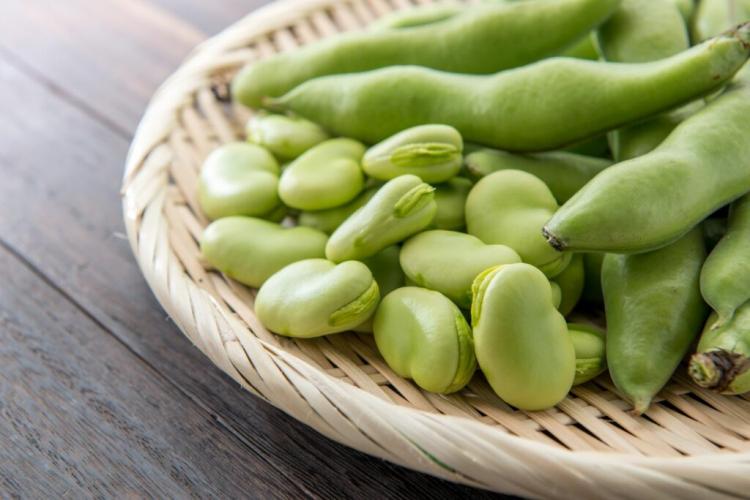
Preserving beans
Green beans taste best fresh, either blanched or steamed (raw they are poisonous!). But beans are grateful plants and often provide more yield than can be consumed in the short term. Fortunately, there are two ways of preserving healthy beans for later consumption by boiling and freezing.
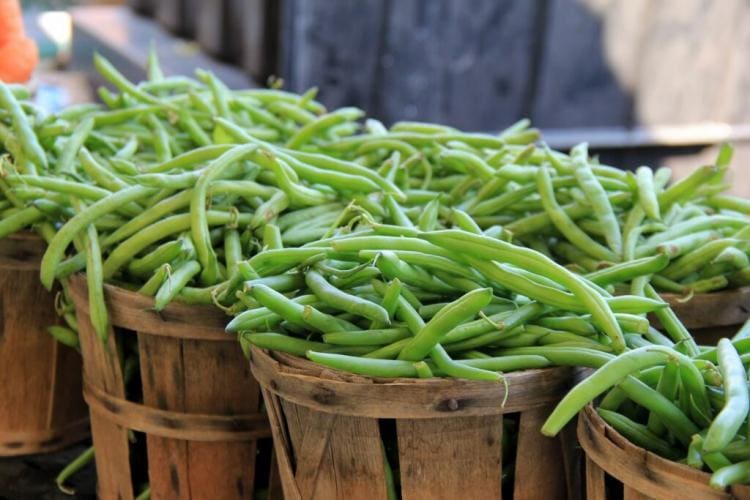
Reduce the beans
Beans, like peppers, cucumbers, zucchini, and other vegetables, are traditionally boiled down with vinegar and sugar. This type of preservation has the advantage that you only have to open a glass later and serve ready-to-eat beans. The downside of canning, however, is that vitamins and taste are unfortunately lost.
Pickle beans
Pickled beans are a way to keep them short-term (about a week). Pickled beans are eaten like lettuce.
Here is our recipe tip (for approx. 800 g beans):
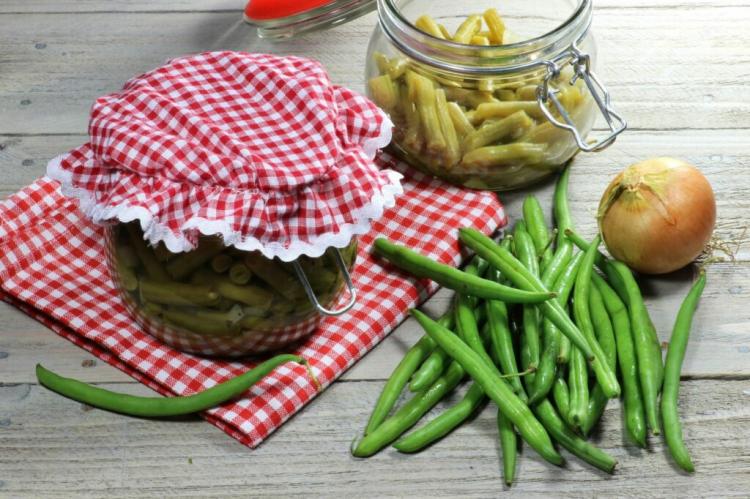
- Boil the beans in salted water for 5-10 minutes, depending on taste, firm or soft, and then drain
- in a saucepan 250 ml of water with 250 ml of vinegar, 1 tablespoon. Bring salt, 300 g sugar, possibly 1 stick of cinnamon and a few cloves, 2 onions (cut into rings) to the boil and simmer briefly
- Put the beans in an earthenware or porcelain pot and pour the boiling liquid over them
- Beans should be covered and steeped for at least a day
Freeze beans raw
The way to preserve beans in the most vitamin-friendly way is by freezing. However, beans don’t necessarily need to be blanched before freezing. The beans are simply washed and the ends cut off before freezing. If the beans are to be used later in a stew, for example, they can also be cut into smaller pieces before freezing.
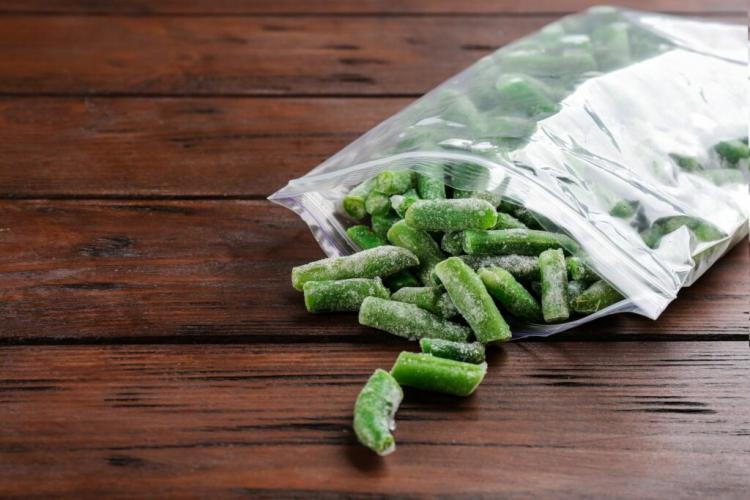
Dry beans
If you want to harvest grain beans (the ‘Borlotti’ and ‘Canadian Wonder’ varieties are well suited for this), you should let the beans ripen completely and let them dry for as long as possible in dry weather. Here it is important that the beans are really completely dry and therefore have a good shelf life. It is, therefore, worth spreading out the beans in a dry place (for example in the newspaper) for at least two weeks after harvest. Cans or glasses are ideal for storage.
Many different types of beans differ not only in taste but also in appearance and use. In our overview article, we introduce you to old, new, and resistant types of beans.
You might so like:
